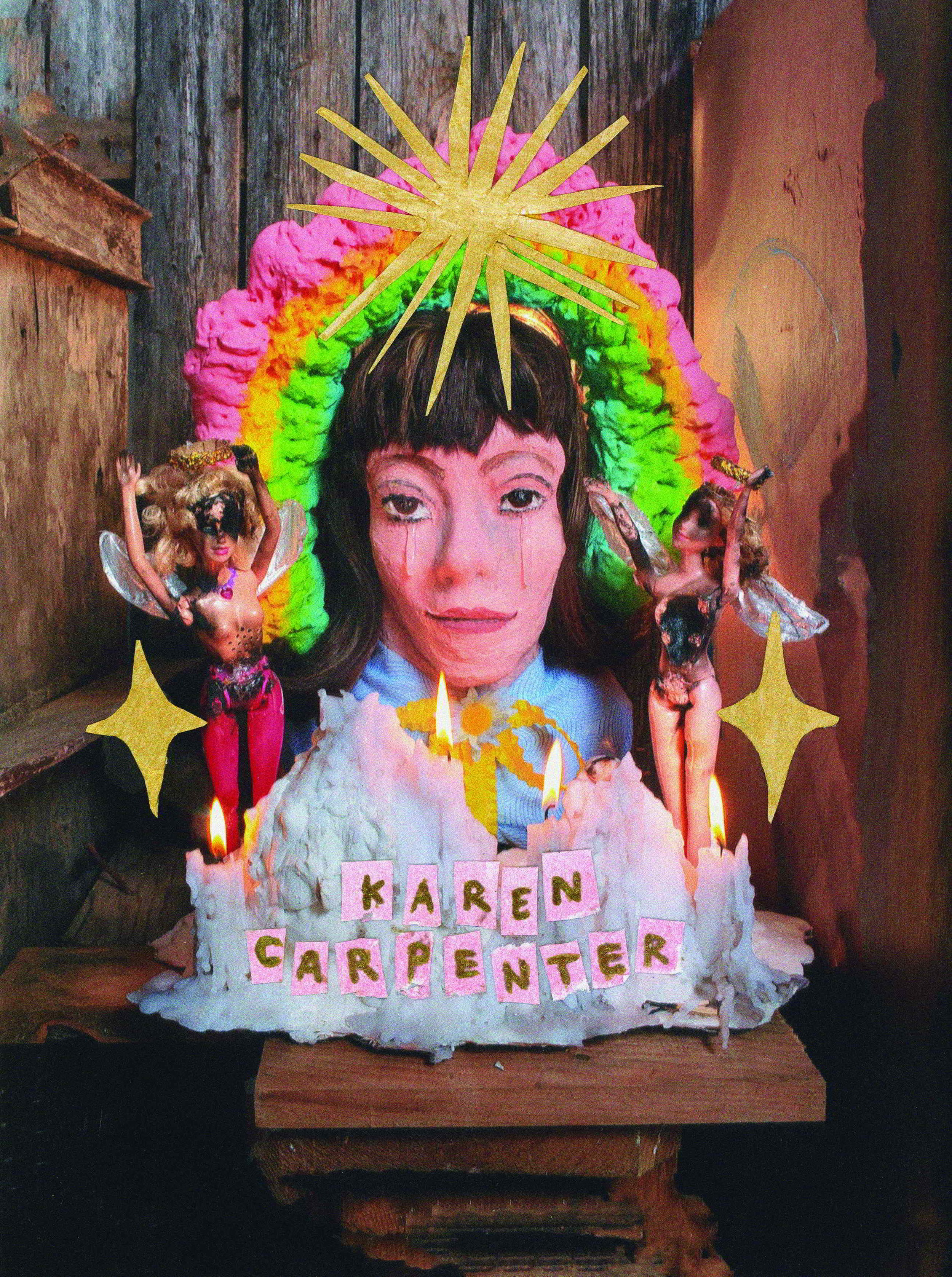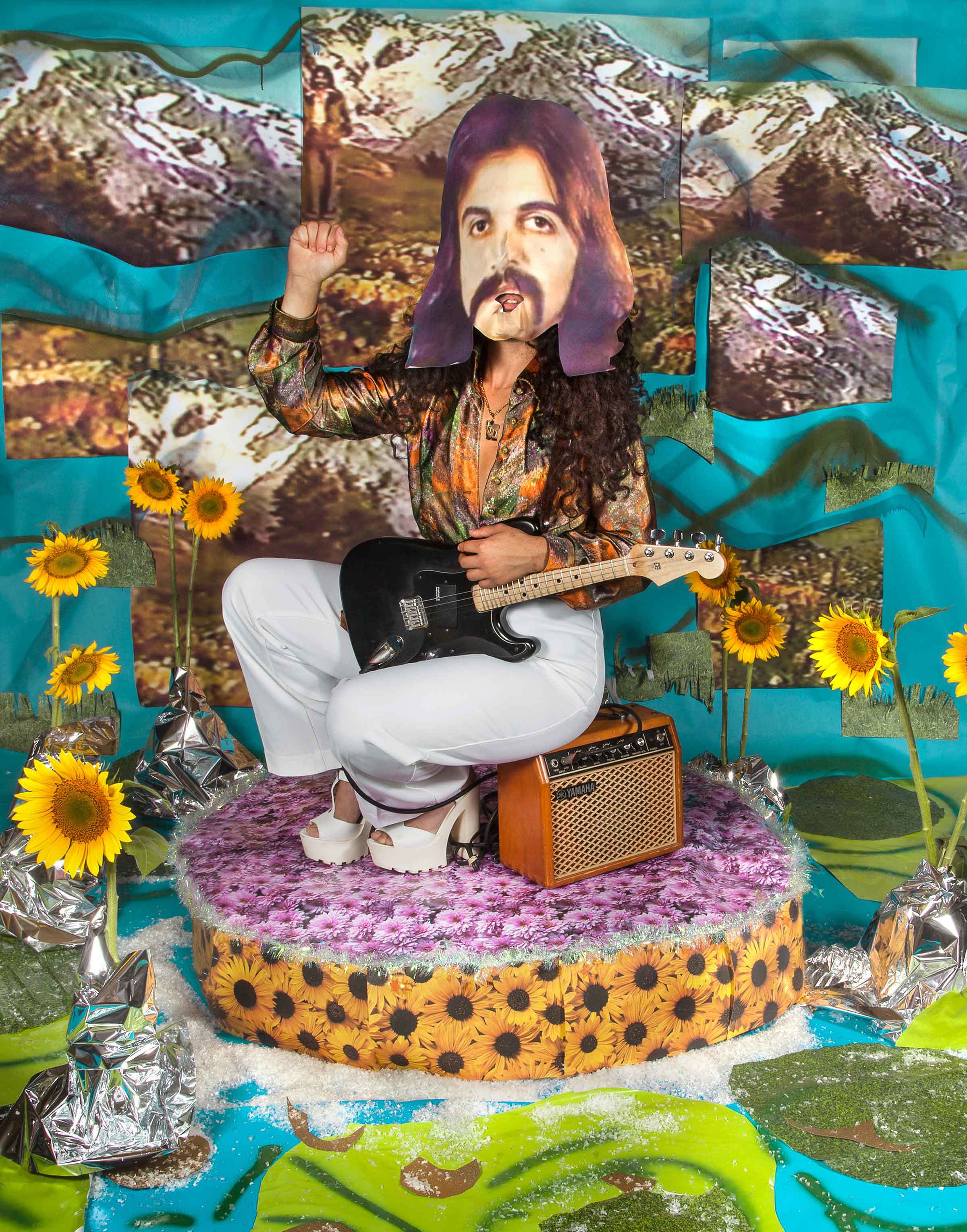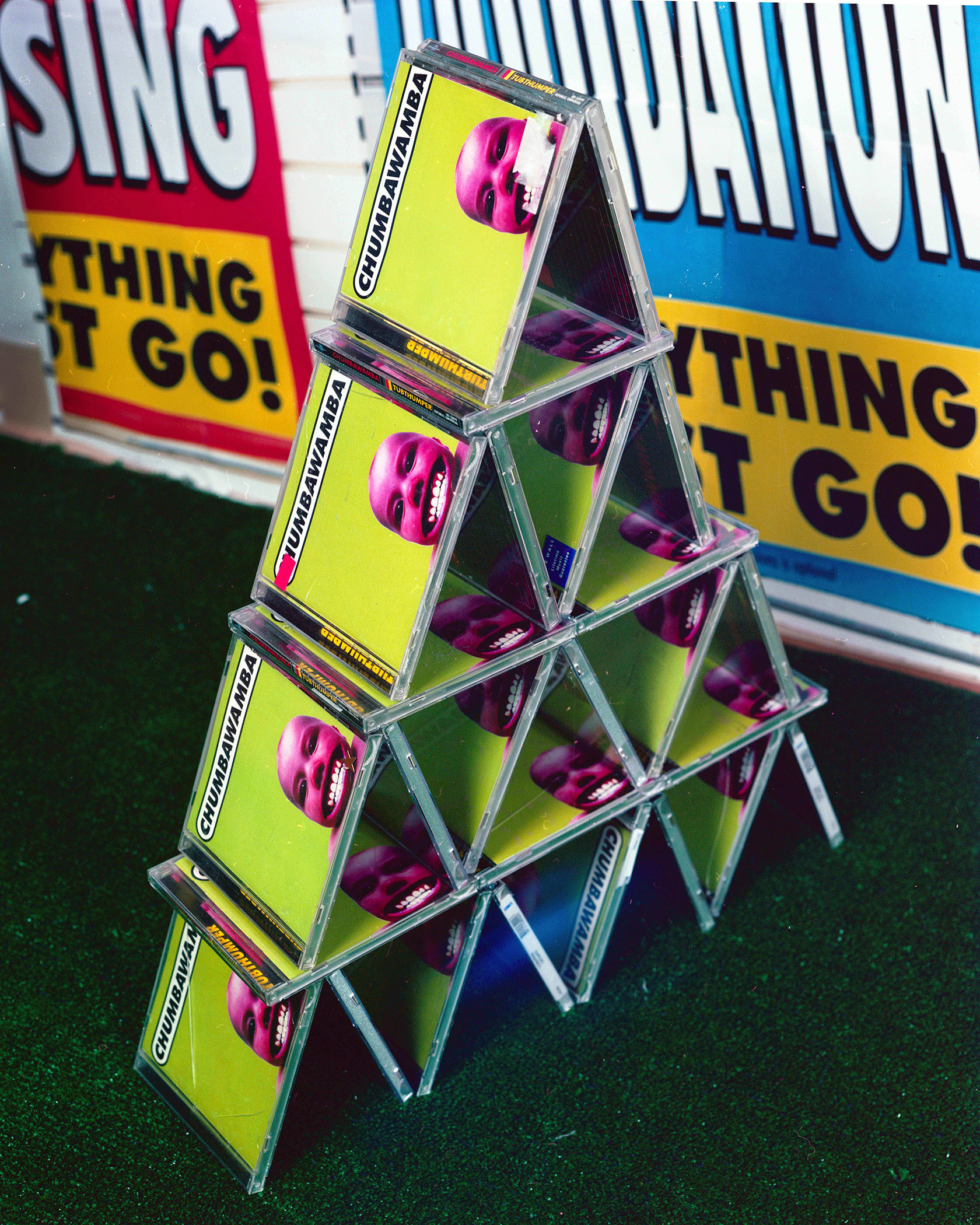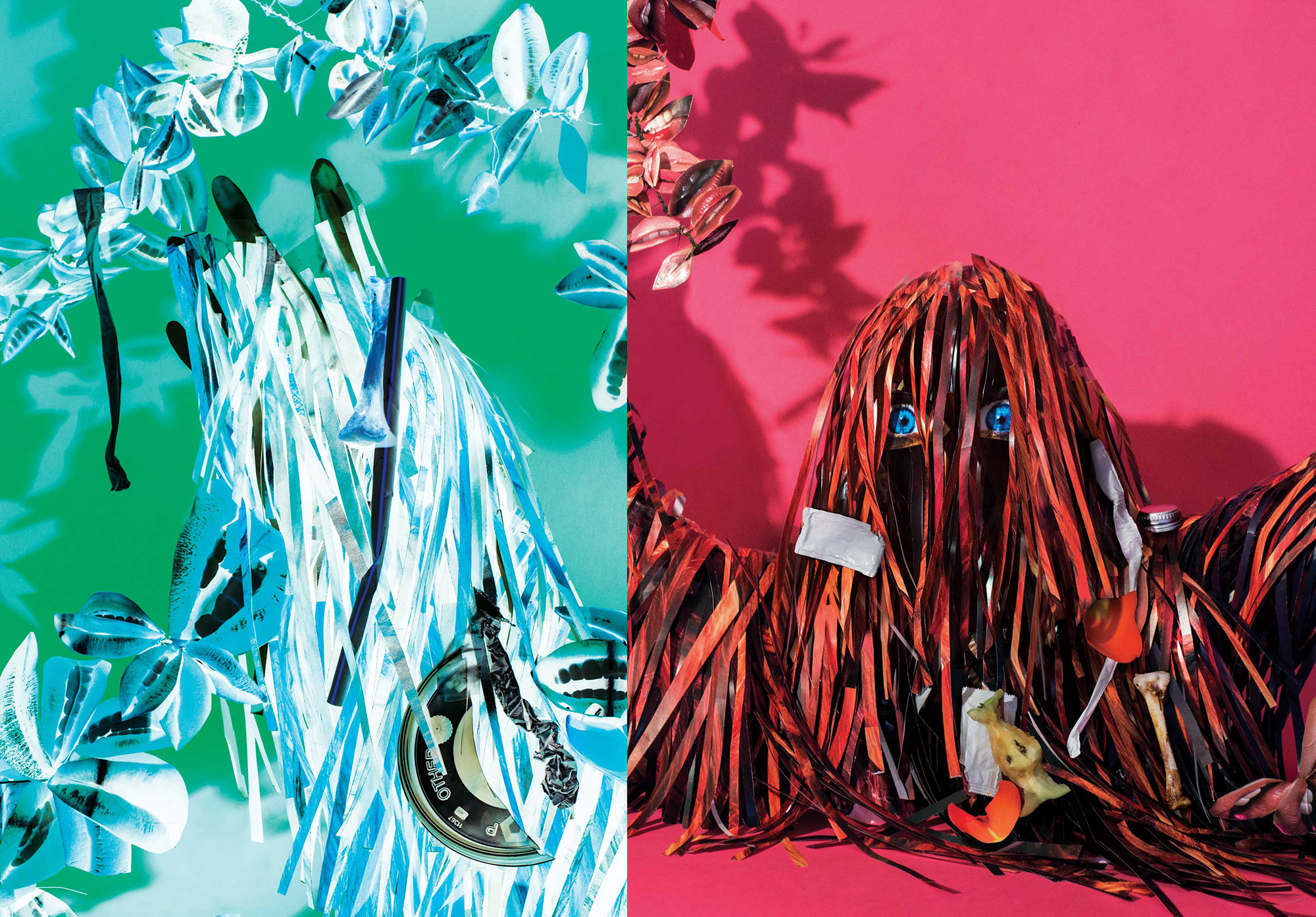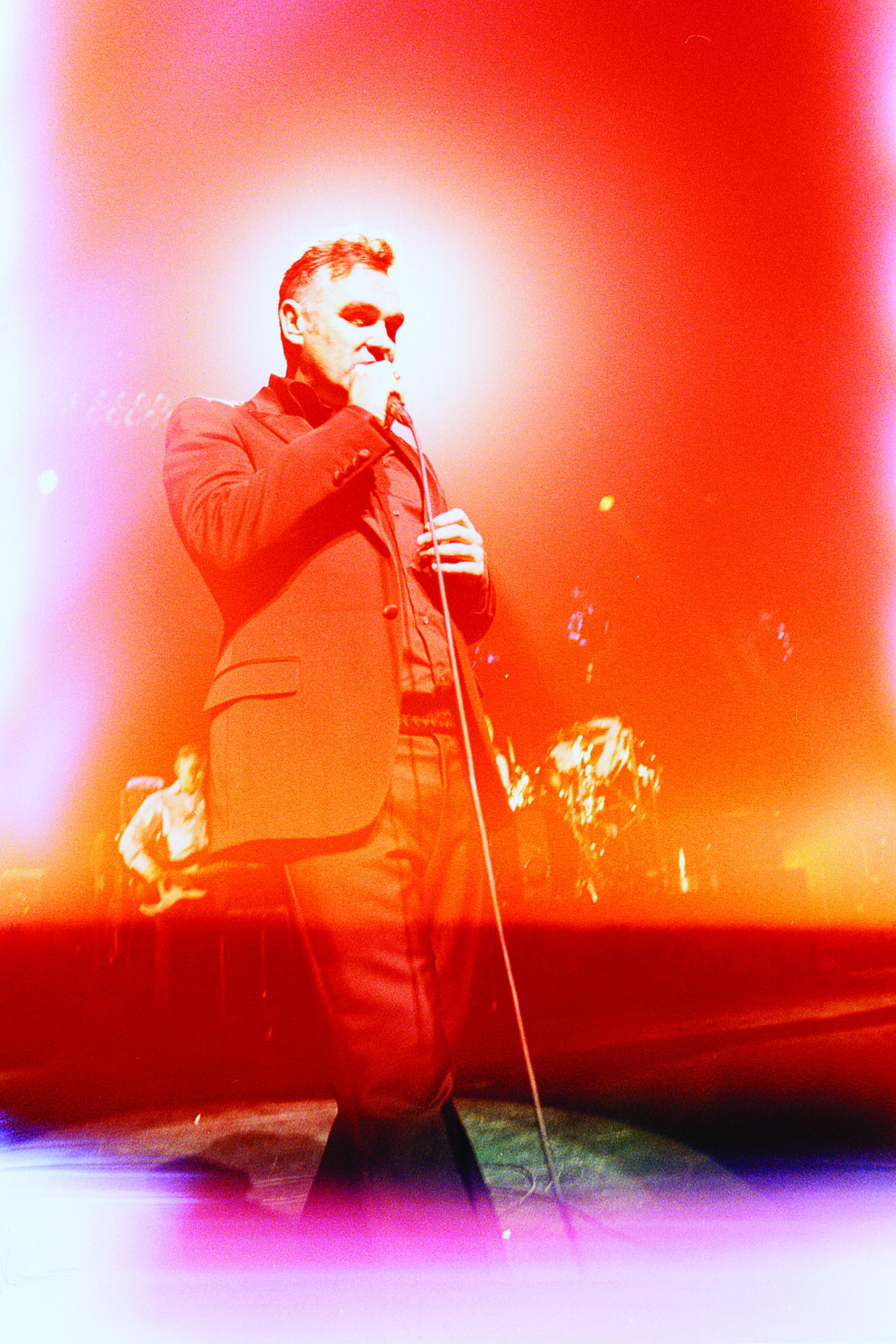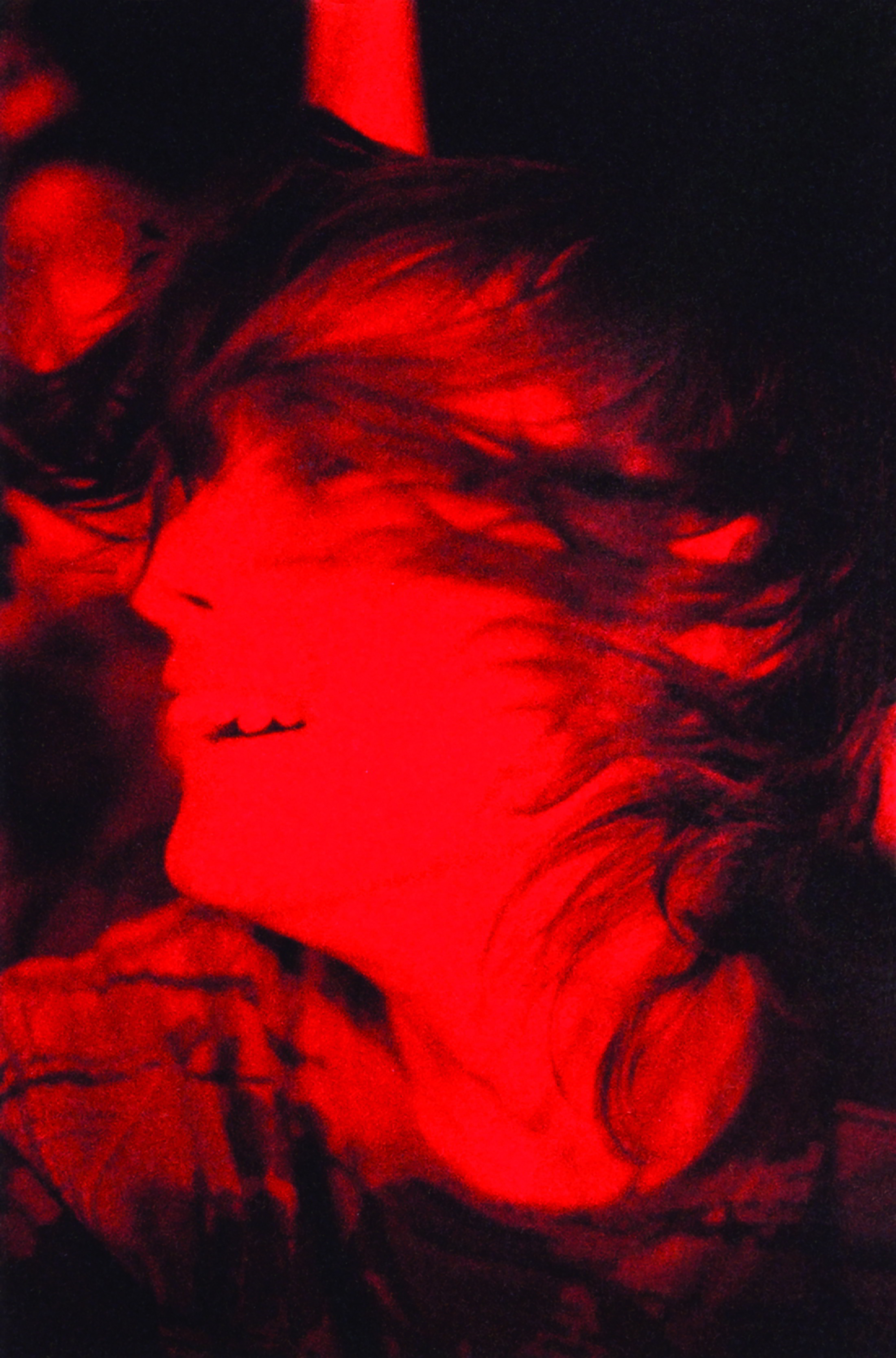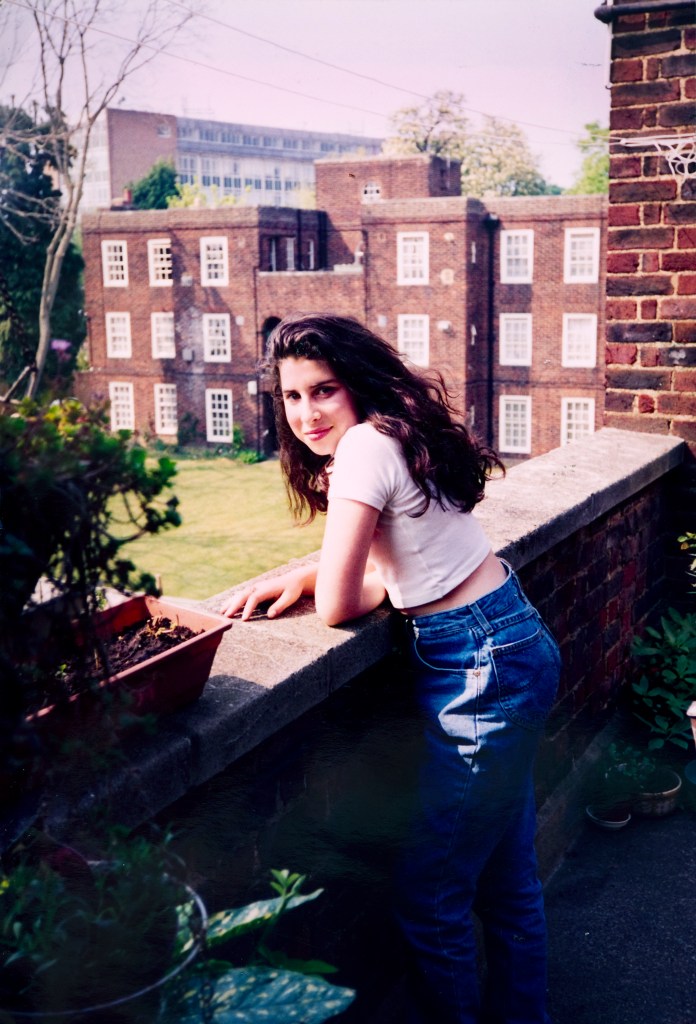This article appeared in the November issue of VICE magazine.

MADONNA
By Signe Piece
People like to think of Madonna as the poppiest of pop, but deep down, she embodies a true punk performance artist. When her nudes got leaked to the press in 1985, she rolled her eyes and released the public statement, “So what!” In 1990, the pope criticized her Blond Ambition tour because she devoted a part of the show to public masturbation. She gallivanted around in a field of burning crosses, made out with Black Jesus and Britney Spears, and centered an entire phase of her career on S&M.
Videos by VICE
And that’s not even the most punk thing about her. She did all of this as a mother, while your mother and your mother’s mother were likely watching. Most punks in that era did their work in seedy basements, but Madonna did it all on TV for the world to see. By being fearless in her sexual identity, she perverted the mainstream and caused millions of people to confront ideas surrounding gender, religion, and personal agency. I would worship at her altar any day.
KAREN CARPENTER
By Lauren Poor
This is a shrine for Karen Carpenter and her and her brother’s beautiful music. I first heard a song by the Carpenters during a wacky play I acted in as a kid. It was “Close to You,” the one everyone seems to know. That beautiful voice was the background music to my life, until I watched Superstar: The Karen Carpenter Story and learned about all her darkest secrets. For a while after I saw the movie, I only thought of her as the Barbie who played her. But then some time went by, and now (I forget why), I’ve started and can’t stop listening to Karen Carpenter. I like to watch videos of her smiling and singing with an encouraging demeanor of enjoyment. Probably much of what I know about Karen comes from my daydreams of her, but I can’t help imagining how hard it must have been for her on top, all eyes on her as she did what she loved, so dangerously self-aware.
H.O.T.
By Aileen Son
I would go over to my friends Sora and Sohee’s house practically every day after middle school to watch VHS tapes their parents rented from the local Korean grocery store. We’d play, rewind, and play again Korea’s hottest music TV shows, weeks after they actually aired, and sing along to H.O.T.’s “Candy” and “We Are the Future.” High Five of Teenagers. That’s what H.O.T. stands for, by the way. It was K-pop before you knew what K-pop was—some say it was Korea’s first boy band, something like the Backstreet Boys. I was so hungry for Korean culture as a Korean American that I became infatuated with these overgrown dudes performing in weird costumes for preteen girls. Their hair was as smooth as their voices, and my favorite member was Kangta. His favorite color was green. This is my ode to them. H.O.T. forever.

EURYTHMICS
By Paul Mpagi Sepuya
I remember “Sweet Dreams” by Eurythmics as the first song I ever memorized, and I remember Annie Lennox as one of the first androgynous images I ever saw in the media. I was almost a year old when the song came out in 1983, and back then, songs stayed on the radio and in MTV rotation for what seemed like years. In 1992, when I was almost ten, Lennox released her Diva album. I was obsessed but kept it secret, waiting in anticipation every time her videos would come on TV. When “No More ‘I Love You’s’” came out in 1995, it blew me away. I still didn’t understand drag or really have all the words to describe sexuality and gender, but I was drawn to her self-representation as not essentially a woman, but a woman performing a woman or a woman performing a man. Over the past few years, I have been working with mirrors in my studio, incorporating them at various stages of photography, performance, and re-photography. The 1992 video for “Money Can’t Buy It” has been a huge influence visually and thematically. I wanted, through my pictures, to finally participate with my teen fantasy and pay tribute to Lennox’s images and their effect on my art.
KANYE WEST, D’ANGELO, & GARY CLARK JR.
By Xaviera SimmonsI listen to Kanye West, D’Angelo, and Gary Clark Jr. a lot in my studio, and I wanted to produce a conceptual image inspired by their individual projects, with particular attention to each of their sounds, lyrics, and overall creative output.
I just couldn’t choose one artist, as I decided to think of them visually and sonically as a whole. I made it a point not to focus on obscure avant-garde artists, like folks probably expected, because I feel it’s important as a conceptual artist to acknowledge what’s present in popular sound today. Each of these musicians simultaneously exists in both mainstream and underground cultures.
Listening to them, I think we can perceive a good slice of popular music today, as well as views of the creative black man in America. In their own ways, West, D’Angelo, and Clark Jr. all influence American culture by constructing a vision of the creative black male—which, in turn, influences the sounds and visions of the entire planet. Through mastery of sampling, instrumentation, conceptual vision, sexuality, tenderness, and bravado, these three each addresses masculinity, sensuality, and creativity. Collectively, they form a history lesson in sound.
KOUROSH YAGHMAEI
By Sheida Soleimani
One of my all-time musical faves, Kourosh Yaghmaei is an Iranian artist who was banned from making music during the 1979 Iranian Revolution. After the formation of the Islamic Republic, many believed his pre-revolutionary recordings were lost, as the new government deemed his psychedelic tunes “too Western.” As a child, my parents played me a lot of his songs, and my initial forays into Western music didn’t happen until I got a little bit older. I ended up learning how to speak some English from listening to the Cranberries’ “Zombie.” When I started playing music myself, I first tried to learn Yaghmaei’s songs, the ones my parents had shared with me.
CHUMBAWAMBA
By Elizabeth Renstrom
Chumbawamba’s “Tubthumping” was on every radio station 24/7 at the end of 1997. I distinctly recall the minute I first heard it because I was tuned into a 24-hour marathon of the English-language remix of Los Del Rio’s “Macarena” and at my breaking point. When “Tubthumping” started playing, a surge of relief and excitement came over me, one that can only be caused by listening to one extremely successful one-hit wonder after another. I would also like to note that Hanson’s “MMMBop” came on very shortly after, and it did not have the same effect on me.
After hearing “Tubthumping,” I was completely bathed in the mystery of this British band and song. Being seven, I thought I had stumbled on an indie hit. I scribbled the song name in my diary after the radio host announced the track listing and noted it for future use. My dad would bring my brother and me to used-record stores pretty regularly, and before any of this happened, I didn’t know what to ever pick. I just listened to my father. Now, I finally had some actual musical taste. The next time my dad took us to the store, my brother went straight to nu metal, and I went in search of the greatest album of all time. I remember seeing the now iconic (in my mind) eerie pink baby plastered against the vibrant green on the cover, and the image still hasn’t left me. Twenty years later, I have learned that it’s uncool to still love this album as much as I did as a kid. Whatever. “I get knocked down, but I get up again.”
GARBAGE
By Trey WrightGarbage’s self-titled album was the first CD I ever bought. I found it sifting through a bin at this ratty used-music store in the part of town where old hippies congregated at coffee houses and the streets always smelled of old pizza and cloves. I remember being instantly attracted to the hot-pink feather-boa cover art with a monstrous black “G.”
I immediately ran out to the parking lot, tore through the used-CD seal, and placed the disc in my brand-new player. The music was unsettling and dirty, and I was seized by every twisted word that sprang from lead singer Shirley Manson. She was a badass, approaching dark themes with a voice filled with such nonchalance, like someone bravely facing a wave that was about to come crashing down. I wanted so much to be brave like her.
Garbage’s music made me realize that if I confronted what made me uncomfortable and created something beautiful from it, everything was going to be OK.
MORRISSEY
By Ryan McGinley
I’ve been a fan of Morrissey for most of my life. I’ve followed him and his fans all over America, Europe, and Mexico. When I was younger, I’d jump up onstage at each concert and give him Gladiolus, the flowers he loves. I wanted to show what it looked and felt like to attend a Morrissey performance as a fan. I looked to photograph people who were expressing a kind of unrestrained rapture—one I can only describe as “religious.” When I photographed the crowd, they rarely realized I was shooting, and I often captured their authentic emotions. It was always my favorite part. It’s amazing I could do two things I loved: make photographs and listen to Morrissey live.
This article appeared in the November issue of VICE magazine.

